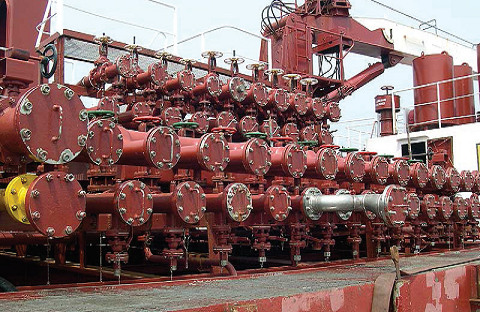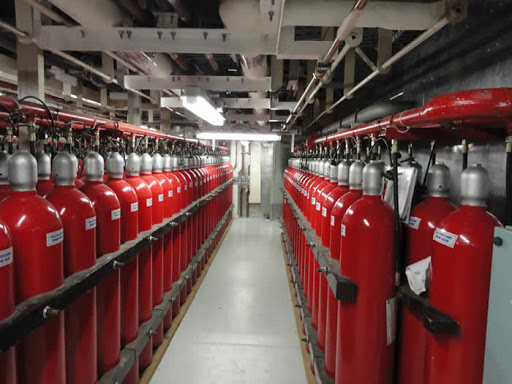Fixed CO2 Fire Extinguishing System
How CO2 extinguishes fire At atmospheric pressure carbon dioxide is a colouless, odourless and non-conductive gas that can quickly and thoroughly permeate a protected area, reduce the oxygen to a level below 15%, where combustion is not supported and extinct the fire. CO2 extinguishes the









